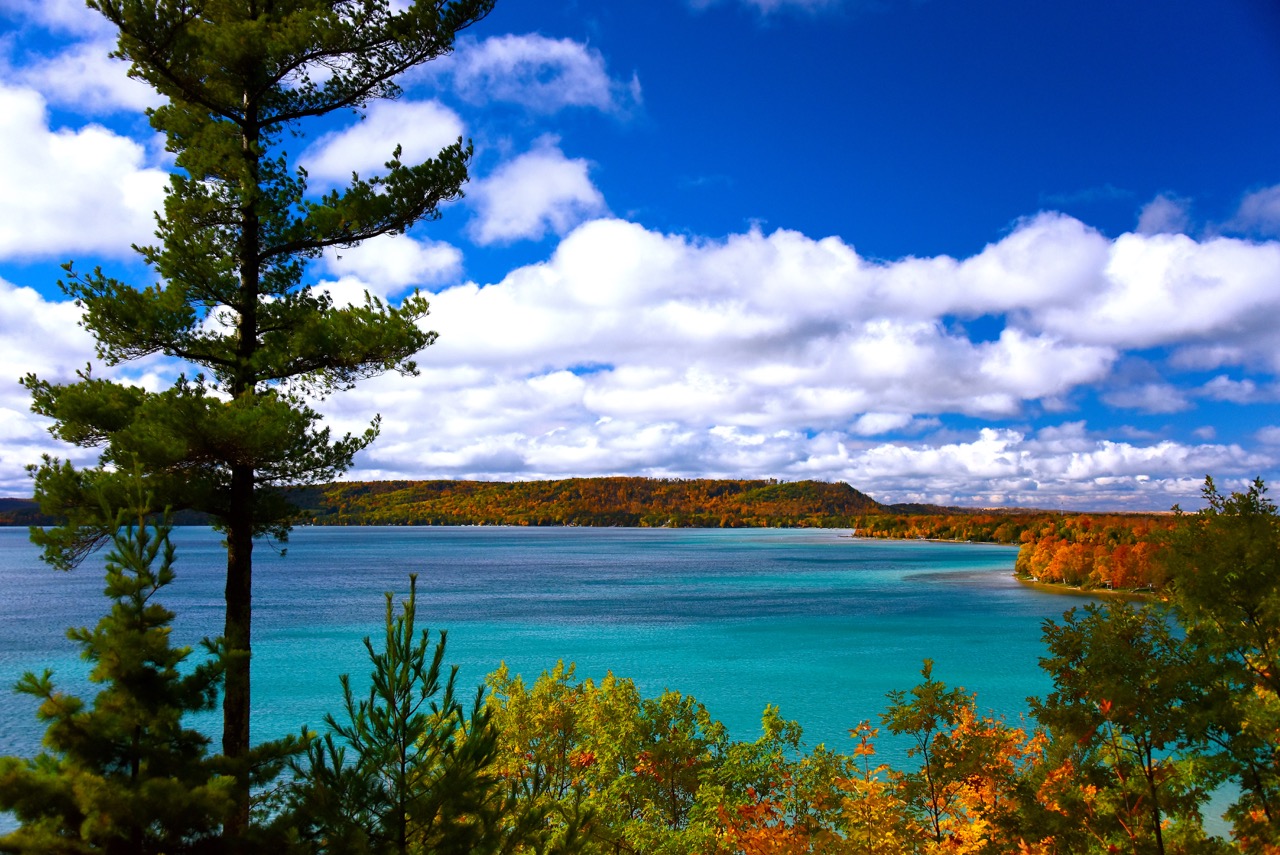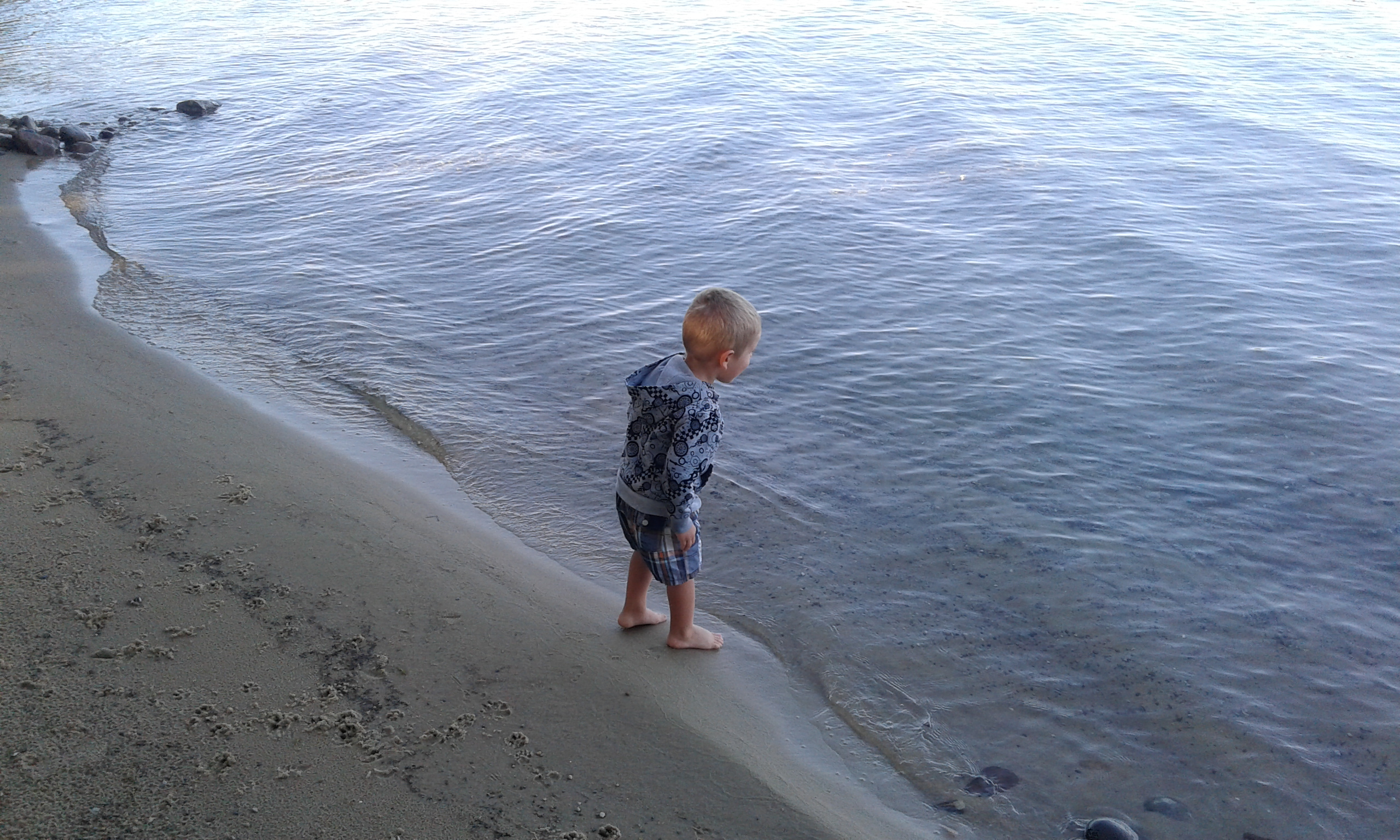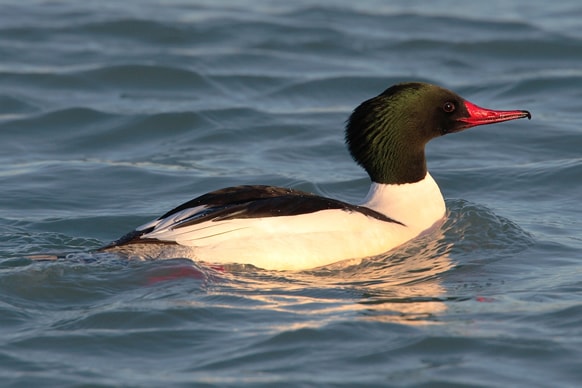

#Glen lake swimmers itch skin
tingling, burning, or itching of the skin.Here are some symptoms of swimmers itch, according to the CDC: The swimmers itch is not contagious, and they aren’t harmful as long as the bumps don’t become infected, but the itching can be miserable for a couple of days. It’s important to note that humans aren’t the target - birds are - but the microscopic larvae can get into the swimmer’s skin and can cause an allergic reaction. Apply sunscreen, baby oil, coconut oil or other lotion, then apply swimmer’s itch cream before. Prevent the Itch: Before you swim: Create a waterproof barrier on your skin. The eggs then hatch and invade snails where they multiply into the form that can burrow into a person’s skin. Swimmer’s Itch can cause pumps that itch a lot In Torch Lake, Swimmer’s itch occurs in late May or early June. It produces and egg that can be passed on in the feces of those infected animals. The parasite lives in the blood of infected animals like ducks, geese, swans and mammals like muskrats and raccoons.

(NEWS10) - If you plan on taking a dip in a lake or a beach this summer, beware of the “Swimmer’s Itch.”

If you have any questions, please contact the GLA.ALBANY, N.Y. These reports are tabulated each year and help us to better understand Swimmer’s Itch and evaluate the success of our program. Likewise, last year’s live trapping program is what will have reduced this summer’s Swimmer’s Itch.įinally, if you swim in Glen Lake during the swim season and get Swimmer’s Itch, please go the GLA website to report your case. Remember that because of the biology of this parasite, the live trapping we do this summer helps reduce Swimmer’s Itch next summer. With your help, we can have another successful live trapping season. The total time for trapping one brood takes about two to three hours. Whenever possible, they will try to let you know what is going on and to stay away from the traps until they are done. If you see them setting up nets near your dock or boat hoist, please DO NOT interfere with their operations by going out on your dock to investigate. Our highly skilled GLA Swimmer’s Itch crew will be in their third year of live trapping all the broods on Glen Lake. We have no permit to live trap them and they are impossible to trap anyway.

Please DO NOT call and report non-brooding mergansers (single adults). You can report a sighting of a brood by emailing the association or call in the sighting to 231.883.2776. The reports of brood size helps us know how many broods are on the lake at a given time. The best way to communicate your findings is to report how may chicks are with the hen and the location you observed them. The broods come on the lake over a period of a month or so and typically vary in brood size. You can help by keeping watch along the shoreline and reporting any sightings of merganser broods. This makes live trapping them extremely difficult, increases the cost of trapping, and only increases the chances that Swimmer’s Itch will increase – not decrease. Please DO NOT HARASS the broods and help us educate any neighbors who may decide to harass. This activity is regulated by the DNR and special permits are needed to live trap. Last year, we had nearly a dozen broods of mergansers and thankfully, they were all live trapped and relocated in an effort to reduce Swimmer’s Itch lakewide. In the next two months, an unknown number of individual female mergansers will be bringing newly hatched chicks from their tree cavity nests near the shoreline to our lake to form a “merganser brood.” The Swimmer’s Itch season will soon be here and you can help the GLA during the weeks of mid-May to mid-July.


 0 kommentar(er)
0 kommentar(er)
